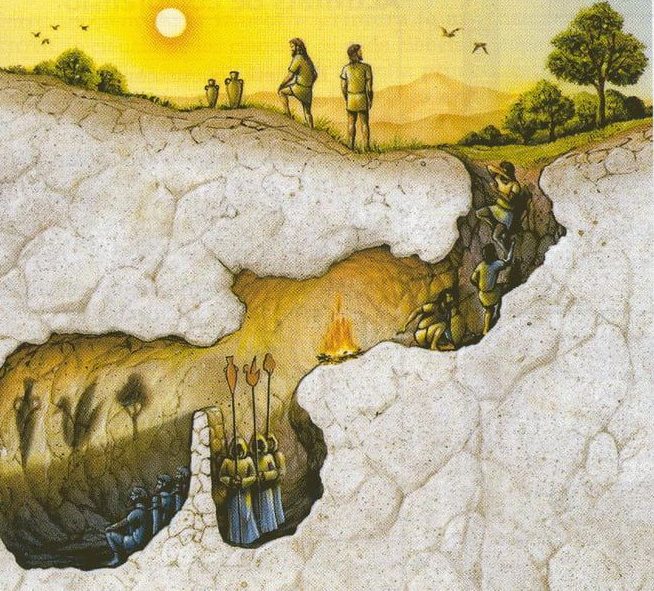By Lennart Dany
HR has long been a function viewed by the rest of the organization, as operational or supportive of the core business. Due to this perspective, HR has never been able to claim their seat at the table. After all, the title CHRO is still rare to see and if so it hardly ever has the same weight as titles like CFO, CEO, or even CTO.
Now the reason for this perspective on HR can, in part, be explained by the history of truly operational work, mainly executed by the HR department. Think of the traditional corporation, using a ticket system for handling all sorts of requests, ranging from office supplies to relocation attempts of staff members. While these types of requests are certainly important to be handled, one may understand the stigma that has become associated with HR over the years.
However, it is now this very stigma, which is holding HR back. Today many HR organizations are already putting much of their efforts into becoming more data-driven. Now, what does becoming data-driven really mean? You can essentially break their journey down into three stages:
Stage 1: Data assembly and cleaning
Stage 2: Operational reporting
Stage 3: Predictive & Prescriptive Anlaytics
Let’s break them all down. In stage one, the HR organization has devised a team or multiple teams to enable data-driven decision-making. While the specific objectives will be different and specific for each organization, the first step to making any decision based on data is gathering it. For many large corporates, this is the easy part. Data has been collected on a least a range of basic metrics for years – e.g. absence rates, attrition, employee turnover, and so on. However, usually, the data is not yet centralized and far from being clean. In other words, central databases have to be created for easy access, while the data entering them must first be check for erroneous entries, outliers, and the like. While this can be quite an effort in itself, it is only in the next stage that the data will be used for anything.
In stage 2, data from what we refer to here as a central database is finally used for reporting. Usually, the goal here is to get some of the most important HR metrics running on any type of automated dashboard that can be checked regularly by senior management. Usually, building such a dashboard will consume the majority of the HR analytic’s teams time. Nonetheless, once in place, the completion of this stage can yield valuable insights for senior management and if implemented correctly and it could already promise a net positive ROI on any prior investment in hardware, software or staff.
Finally, in stage 3 the HR analytics team has persevered to arrive at a point that allows the team to exercise their profession. With time freed up from an automatically updated dashboard, fewer requests are coming in from colleagues in the HR department and if so, they can be easily handled by redirecting HR business partners and managers to the right dashboard. The void of time essentially leaves space for the analytics team to proactively apply advanced analytics to solve important business challenges. The team can build models that will predict future outcomes or prescribe actions based on the results and data fed.
While all this sounds pretty lofty, in reality, the majority of organizations are still struggling anywhere between Stage 1 and stage 2. This is where we touch back on our previous discussion on the stigma of HR. The harsh reality for many HR organizations is not a lack of effort, ambition or willingness to learn and advance. Instead, a lack of corporate sponsorship often derails HR analytics projects already in the early stages. After all, implementing data management systems, allowing data to flow globally, and building accurate dashboards cannot happen without a sound level of financial resources. Moreover, such initiatives often being of a global nature, requires global leadership to create awareness and excitement about the upcoming change. Unfortunately, in the majority, if cases HR is not supported in such a way, and in this blog post I argue that this is due to an old stigma. After all, who wants to devise larger budgets for HR than for the Finance department?
Disclaimer: The careful reader may have noticed a lack of sources in this post. The goal was to share some of my own experience work in the corporate HR landscape as a b2b sales representative for a few years. To add some additional resources, there are a few interesting articles linked below and a list of companies one can look into.
Some companies who are prime examples of doing it right that you can google:
Nestle
General Electric
Credit Suisse
Experian
Some literature:
Short list of case studies: https://www.aihr.com/blog/hr-analytics-case-studies/
What is People Analytics | HR Analytics: https://www.aihr.com/blog/people-analytics/
People Analytics in the Pandemic: https://www.aihr.com/blog/people-analytics-in-the-pandemic/



